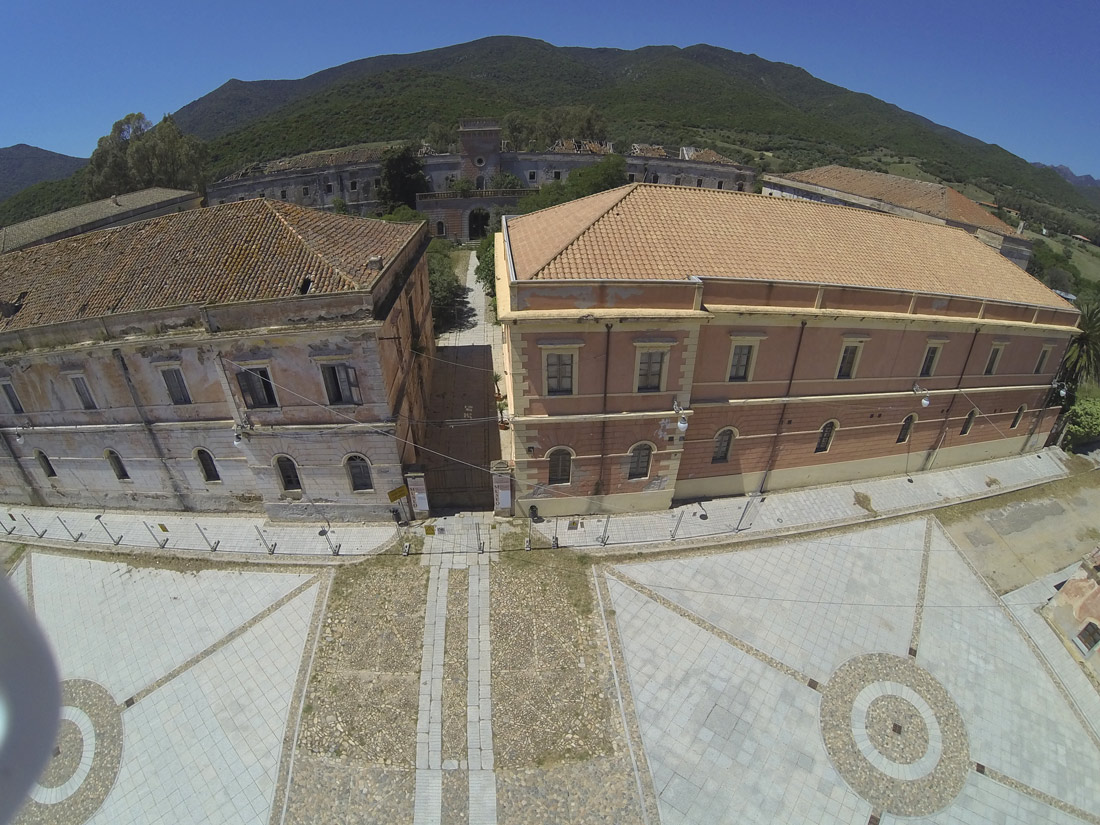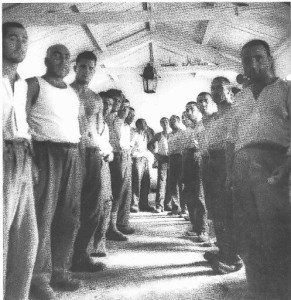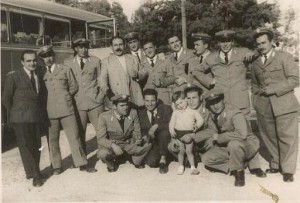
Life in Prison
Prisons established in 1876 and finally closed in 1952, aroused nightmare and terror in some, love in other prisoners. Terror because it is being used of the barbaric punishment. Even today the documents attest to the presence of Dark Cell, a room devoid of light and air where the detainee staying bound by irons and straitjackets.

It fed only bread and water. Even more fearsome was the Insulation cell. Six months long, that the prisoner would spend in solitude. Often this kind of punishment carried or to madness or suicide. If you survived the punishment, another danger was represented by malaria. The contagion was a real risk, and not a few were prisoners who found the death because of malarial fevers. But the inmates more meek had a chance to serve their sentence at the;outdoors, cultivating the fields, or grazing herds. The alarm was set between the months of December and January at six o'clock in the morning, While the months of July and August sounded around 4 and a half. The work stopped for lunch, that took place between 12 and 13 and continued up to 17. At 18.30 prison guard performed the count of detainees and subsequently closed dormitories. In winter, the absolute silence was imposed on 19 while in summer it is required for the 21.
Unusual detention therefore, that gave possibility to forced to spend their time at;outdoors, Besides the advantage should not be underestimated by perceiving a salary to pay their work. The lowest wages were those of the harvesters and fertiliser spreaders and agreed upon in 0,65 lire per day, While the highest were those of plant breeders and shepherds who perceived in 1 day,30 lire. The most common crops were those of cereals, legumes, vineyards, vegetables and orchards, and in 1903 was on a farm dairy cows, that given the interesting results prompted after a few years of jail managers, to activate a dairy farm that began to transform milk into cheese and butter prized. In 1908 he arranged the;beginning of a selection livestock genetics, and were opened several crossings between the small Sardinian cows and bulls to breed Modica.

The thick forests were sfoltiti and in part used for the production of coal. You count that in 1918, coal production had reached to 1600 tons and that in subsequent years, this threshold was exceeded. The prison economy that proceeded to sail, seen the exploitation of prisoners.
THE;clothing the condemned was simple. Wearing a red jacket, a canvas of white and blue striped, and when worked put the gloves only to inch. Initially the CAP was similar to that of the brothers of mercy. Instead of the two holes before the eyes, It was a dense wire mesh. Even the guards wore gloves and hood, but blank canvas, likely to be distinct from convicts.
Claudia Zedda
Leave a comment
You must be logged in to post a comment.